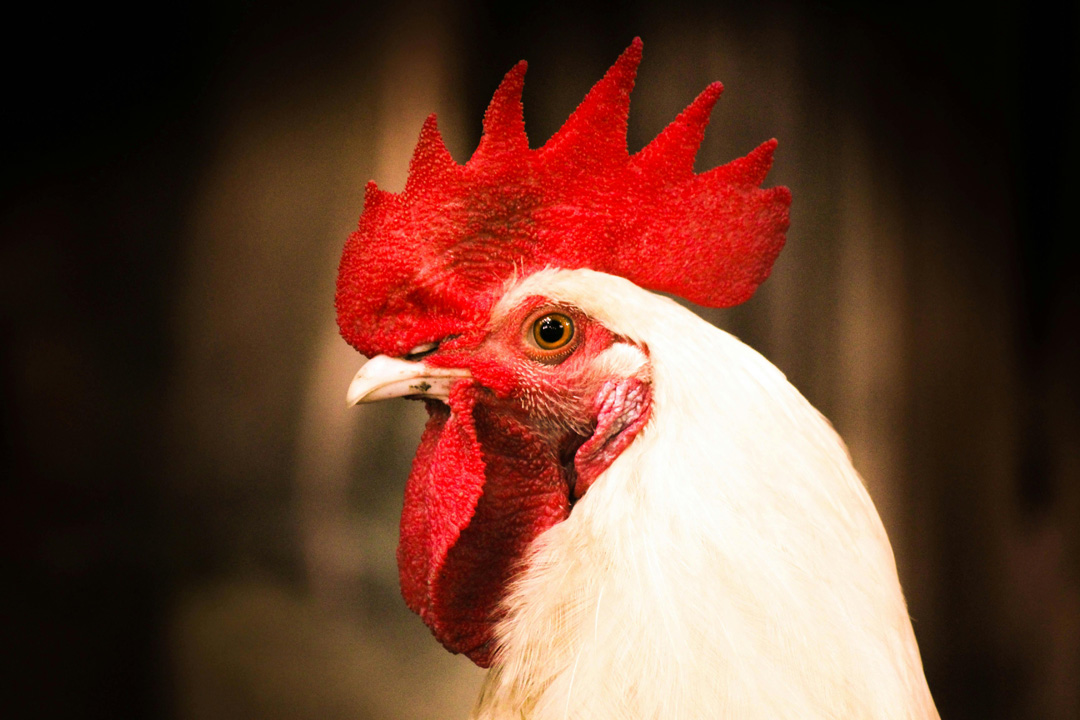
Is Readiness Required for H5N1?
The H5N1 avian influenza (bird flu) is gathering inertia as a topic of discussion, from the government, WHO (World Health Organization), media, alternate media, and social media. There are multiple camps:
- it’s real and dangerous
- it’s real and not dangerous
- it’s not real and not dangerous
- it may affect humans and be deadly
- it may affect humans and cause only mild symptoms
- it won’t affect humans
- animal vaccine mandates are a solution
- animal vaccine mandates are unnecessary
- human vaccine mandates are a solution
- human vaccine mandates are unnecessary
- + more…
Wherever your thinking lands, the claimed/reported spread of the virus amongst animals deserves attention. Regardless of whether or not you believe H5N1 is or isn’t naturally occurring, can jump between animal species like fowl to bovine, can jump from animal to human, or if it can but is a minor illness and won’t morph into something serious, the actions being taken by government entities have begun to affect your family and pets.
Subsequent to government statements regarding testing that has reportedly yielded positive presence of the highly pathogenic avian influenza (HPAI) virus in chickens, wild birds/fowl, and now cows and 52 domestic cats, the culling of farm animals has been ongoing. Since February 2022, reportedly, about 100 million chickens and turkeys (so far) have died or been destroyed in the US (more in other countries like Japan) in an effort to reduce the proliferation or eradicate H5N1. Despite uncertainty of the effectiveness and necessity of such practices, the loss of that many food animals and the implied threat of more to come, is extremely serious.
First, culling might not lessen such a virus, or might cause surviving strains to mutate in negative ways. Additionally, whatever actions occur through government-monitored testing and required culling, involve collaboration among agencies like the CDC, FDA, NIH, USDA, farm bureaus, etc. They, or other government entities could, as government entities do, potentially keep expanding what they’re up to, based upon secretive meetings/decisions and/or politicized and/or tenuous practices and develop measures for other species of livestock, effectively unchecked and without pursuit of other options. That’s especially true when they are encouraged by opinions, projections, and conclusions from NGOs like the WHO and pharma, which is ready to flood the world (again) with vaccines.
No matter if you’re a livestock farmer or consumer, you are already being affected. Farms are losing their flocks. Reduced or eradicated flocks create egg and meat scarcity accompanied by higher prices (the market effect). It’s happening now in grocery stores across America.
Even if farmers are compensated for their financial losses, it takes time for animals to be replaced with a new generation. If in the future, the government claims that there is too much risk in replacing fowl/livestock, their animal operations may be in jeopardy of being shut down indefinitely. That means today’s inconvenience-level shortages might turn into sustained, serious shortages that cause families to have limited or no access to essential animal-based foods, including those for pets.
Coincidentally or not, there have been investments in many startups with different approaches to meat substitutes (including insects for humans and dogs), none of which have been independently, transparently proven to be safe for consumption, especially in the long-run. A declared H5N1 “pandemic” might become a leverage point for government agencies to mandate drastic reductions in animal based foods and the subsidizing of artificial meat, egg, and milk concoctions, to strong arm consumers with few alternatives but to comply. Plus, the industry’s superb timing fits with the UN agenda to “affect climate change” by reducing farms and animal production as is presently being carried out in the Netherlands, Ireland, UK, and elsewhere.
As controversial as this topic is, especially since avian influenza was first documented in 1878, your assessment and decision making regarding current escalating talk and actions is key to your family’s readiness. Food security today and in the future, is foundational to the health and safety of everyone in your household. Irrespective of what’s driving this situation, less choice, the possible elimination of food categories, the increased expense, and the possible health implications are the antithesis of health freedom and preservation of life. If your family falls into a situation of reduced food or poor quality/unsafe food, despite anything else you may be prepared for, your family will lack readiness in a very serious way.
The obvious hedge against such situations is to formulate your food readiness plan immediately and act on it. Keep in mind though, as discussed here, stockpiles of supplies including food can be seized by the government. Take that into consideration when planning your actions.
Further, expect that if H5N1 is escalated and labeled a serious health threat to humanity, another round of pandemic/lockdown/vaccine hysteria is extremely likely to be pushed on citizenry. As was learned from the last go-round, those conditions warrant serious readiness across many facets, as well as the willingness to defend your rights.
Whether you accept government claims about H5N1 or not, the consequences of the narrative and its induced actions, will affect your family in multiple ways. As we always say, “When the need is obvious, it’s too late,” so be certain you are following an effective readiness strategy right now.
